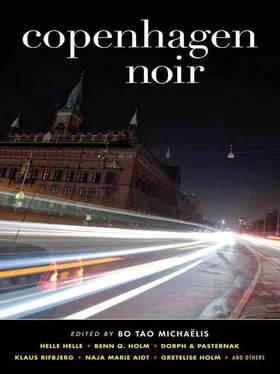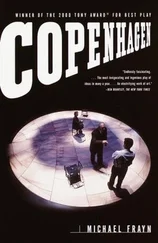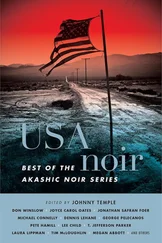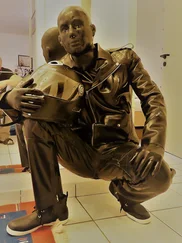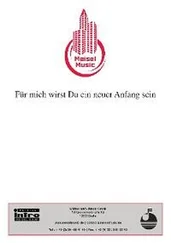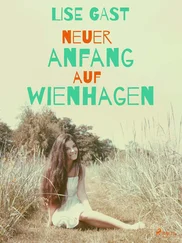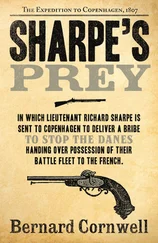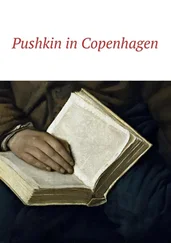But Copenhagen is also something other than the mediumsized capital of the Danes. The Øresundsbro was finished June 1, 2000, connecting Denmark with Sweden-or perhaps more significantly, from a historic perspective, with the Swedish province of Skåne, the former Danish province lost in the mid-1600s after a number of catastrophic wars. We also lost the region’s capital city, Malmø, which was largely Danish and which, in the period after the Swedish annexation, still attempted to preserve its Danish character. The bridge to Malmø has not only stirred a renaissance for this “freedom movement”; it has also connected southern Sweden more closely to Copenhagen than to the country’s actual capital, beautiful Stockholm. Nowadays, Swedes/Skånings work in Copenhagen and Danes live in Malmø. The bridge has transformed Malmø into a large suburb of Copenhagen; generally speaking, our capital could be seen as a Manhattan to a Malmø that, via one of Europe’s longest bridges, has become a northern European Brooklyn! Therefore, it is natural that the Swedish author Kristian Lundberg, who lives in Malmø, is included in this anthology, with a story about his hero, the alcoholic Catholic policeman Nils Forsberg. Lundberg sees Copenhagen as the end of the rainbow, on the other side of the bridge, a big city that in many ways has put Malmø in a different perspective, different from its status as a big Swedish city.
But Copenhagen was once not only the Danish capital. The city was, in fact, the capital of Norway for four hundred years, much longer than Norway’s present one, Oslo. Norway justifiably wrested its independence from Denmark in 1814, but long afterward, even to the present day, Norwegians have held a nostalgic and “metropolitan” love for Copenhagen, Europe’s end and the gateway to Scandinavia. But for Norwegians it must actually be the opposite: for them Copenhagen must still be the gateway to Europe, for the cultural bonds are strong and persistent via history, the royalty, and, in particular, language, culture, and literature. Danes and Norwegians are like close relatives who meet affectionately after a happy divorce, who get along very well. Norway’s greatest crime writer, Gunnar Staalesen from Bergen, naturally sends his hero detective, the sensitive yet hard-boiled Varg Veum, on a mission to Copenhagen. As far back as in one of his first detective novels, Sleeping Beauty from 1980, Varg Veum is at work in the center of Copenhagen, in the district that is more or less red-light, stretching from Central Station toward the “mean streets” where gangsters find their apprentices and hookers their customers. Therefore, it is fitting that this Norwegian author has a place in an anthology about crime and punishment in Norway’s old capital, where Scandinavia begins and ends in a metropolis for the entire region.
All the short stories in Copenhagen Noir are about meaninglessness, violence, and murder in various districts of the city. Written for the most part by Copenhageners, but also by authors—Helle Helle, Susanne Staun, and Gretelise Holm-who now live in the provinces but have spent a part of their lives in the Queen’s city, having absorbed the city and never completely abandoned it. Denmark’s celebrated author from the island of Amager (where the Øresundsbro begins), Klaus Rifbjerg, is of course included, with a historical noir story from that great island, an assimilated part of the capital. But the collection also includes inhabitants of ethnic backgrounds from outside the shadow of the Danish flag. Common for all the writers is a love for Copenhagen and for the dark story of coincidence and necessity, the good and bad luck of humans. In a metropolis that both has a style of its own yet also resembles the other black pearls of cities across the globe: New York, Los Angeles, London, Paris, and Berlin. Enjoy.
Bo Tao Michaëlis
Copenhagen, Denmark
October 2010
WOMEN IN COPENHAGEN
by Naja Marie Aidt
Ørstedsparken
If you ever come to Copenhagen and ride into town from the airport on a rainy, dark November evening, the taxi driver will doubtless take the harbor road and you will travel through residential neighborhoods and abandoned areas with old factories where the wind rattles the windows, and you will see the lights from across the sound in Sweden and be puzzled at how quiet and deserted it is here. You have arrived in Scandinavia. You have just entered a long, bitter winter. Here there are no free rides. Here you are left to your own fate. The taxi driver listens to Arabian pop music and talks on the phone. The taxi meter ticks. You get a glimpse of a young woman with blond hair down her back, standing alone on a street corner, apparently wondering which way to go. You see black water sloshing in the canals and lights from bars and pubs. Noisy groups of drunk kids popping out of the dark with beer in plastic bags; their glowing cigarettes. And suddenly you’ve arrived. The driver runs your credit card through the machine and sends you out in the rain. You’re here.
That’s how it was for me when I arrived in Copenhagen to clear up a painful situation. November. Rain. Wind. The low sky. A sense of desolation. I had lived in Brooklyn so long that I felt like a stranger. My Danish was rusty. My parents long dead and gone. But Lucille was there. Or was she? That was the question.
* * *
The night clerk glances at me and hands me a heavy key. I say that I don’t know how long I’m staying; he doesn’t raise an eyebrow but sends me up to the third floor, and I walk through a hallway that has seen better days and let myself into room 304. A bed, a desk, a chair. A bathroom with a leaky faucet. The raw, damp cold that characterizes Denmark in the winter. I push the curtain open and look down at the back courtyard. Trash cans, overturned bicycles. A glimpse of night sky, a full, misty moon. But no stars. I hang my shirts in the closet. Wash my hands and take a drink of cold water from the faucet. I need a shave. I lie down on the bed, float around a moment in the confused but weightless condition just before sleep—and then darkness; it’s been a long time since I’ve had any sleep and I desperately need it. I see Lucille clearly in my dreams. Her narrow, freckled face, her sparkling blue eyes. The birthmark on her forehead. The smooth, light-colored hair, lying like a helmet on her head. She smiles. She is missing one of her front teeth. I see Lucille as the child she was a long time ago. And I wake up bathed in sweat and grope around for the clock. It’s three a.m. A feeling of guilt, and something vague, unpleasant. I turn over. But I can’t sleep. I switch on the bedside lamp and sit up. Light a cigarette. And then it sweeps through me, as it so often has. The memories from this city. Isabel, Lucille’s mother, her warm breath in my ear. Her breasts and silky, meaty thighs. The unmistakable French accent that enhanced whatever she said, turned it into something special. The image of her, there in the doorway with Lucille standing behind like a shadow, that day I left her. That day I left them. We’d had soup and drunk some wine. Isabel grabbed my hand under the table. But I had already made up my mind. Now it’s hard for me to understand why. Because that little bit of happiness we truly did find now and then, I never captured again; there’s been nothing but quick stopovers in sleazy rooms with burned-out, sad women, the brief physical satisfaction that kind of sex provides, a bad taste in my mouth. I wanted to be free and see the world, instead I prowled around like a caged animal; the world isn’t big enough for someone so restless that he searches relentlessly, without a clue to what he is looking for.
Читать дальше
